I'm a newbie, using XCode 13.0 to create a very basic app that needs to have a Settings view. I'd like to navigate to the Settings view on tapping a label. To do that, it seemed sensible to use a NavigationView with a NavigationLink.
Unfortunately, I'm encountering a formatting issue that creates a mess of the HStack in which the Setting label (gear icon) resides, as show below:
This is what I want, a result of the following code:
HStack(spacing: 25) {
... other labels
Label ("", systemImage: "gear")
.foregroundColor(.gray)
.font(.title)
.onTapGesture(perform: {
// Set a state variable that triggers an extension
// that brings up the SettingsView
})
}
This is what happens when NavigationView encapsulates the gear icon label. Note the vertical and horizontal white space around it.
HStack(spacing: 25) {
... other labels
NavigationView {
NavigationLink(destination: SettingsView()) {
Label ("", systemImage: "gear")
.foregroundColor(.gray)
.font(.title)
}.navigationBarTitle(Text(""))
}
}
I've, literally, spent weeks (sporadically) on this issue, looking up dozens of answers and trying various formatting options, without luck. I've also tried encapsulating parent and grandparent stacks into the NavigationView. To no avail. Surely, this is something trivial. Can somebody point me in the right direction?
p.s. there are other issues in that that Navigation link opens as a sub-window; I plan to tackle that later.
Edit: Right, so I tried using Yrb's code:
HStack(spacing: 25) {
... other labels
NavigationView {
NavigationLink(destination: Text("Linked View")) {
Image(systemName: "gear")
.foregroundColor(.gray)
.font(.title)
}
.fixedSize()
.background(Color.red)
}
]
Unfortunately, there's no substantive change...


